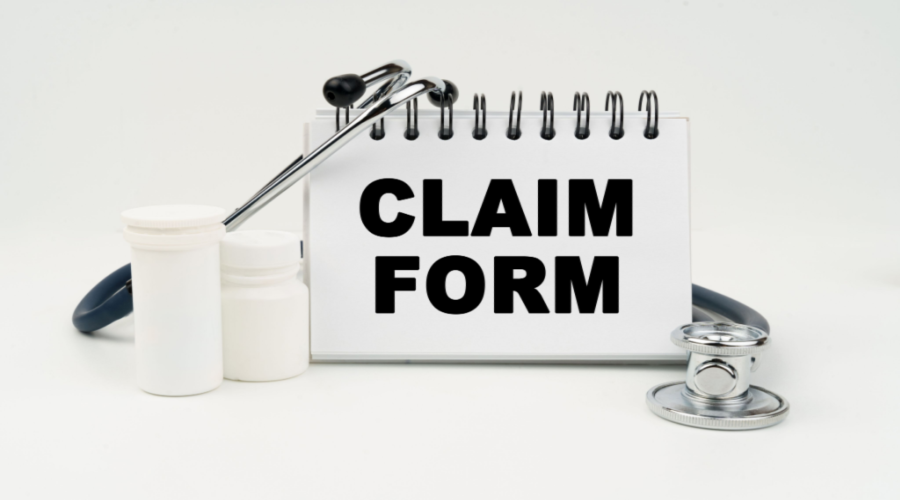Every time a pharmacy technician enters a claim for prescription reimbursement from a payer, there’s a lot at stake. If claims are incorrect or questionable in any way, an audit might be in order. This can lead to the collection of entire reimbursement amounts and a possible audit fee. Plus, some audits wipe out pharmacy profits on hundreds of claims. Make sure that you and your staff know what can thwart the claims decision process and how to avoid trouble before it starts.
Pharmacy benefit managers (PBMs) can access your store’s prescription claims data and identify the claims that don’t meet all standards, including legal, regulatory, industry, or PBM-established. While under the eye of PBMs, independent pharmacies like yours most commonly fall short with claims submissions in the following areas:
Void prescriptions: What constitutes a valid prescription is determined by federal and state requirements. A prescription can be invalidated if any legal requirements are missing, such as the drug quantity or date, the prescriber’s signature, or if the patient is misidentified.
Erroneous day’s supply: It’s not always easy to calculate a days’ supply. For example, a prescription that calls for dispensing a kit or a complex or atypical dosing regimen. It’s common for mistakes to occur when entering claims for medications that are inhaled, opthalmic/otic, vaginal, and/or topical products.
Refilled early: When a previous fill has the incorrect days’ supply on it, a prescription can be refilled sooner than allowed. This is an immediate red flag.
Wrong quantity: A day’s supply and the number of refills it has also factor into submitting the correct quantity. A 30-day supply of a maintenance drug without refills would be incorrect if it were billed for a quantity of 90. However, that same prescription with three refills would be acceptable for a quantity of 90.
Inaccurate DEA/NPI number: It’s important that the number on the prescription matches the DEA/NPI prescriber identification number on the claim.
Your pre-submission checklist
Remember that to ensure legal compliance and prevent profit loss, you need to know–and adhere to–all applicable state laws, rules, and pharmacy regulations. This also includes provisions of payer contracts and related PBM manuals. In other words, focus on the following items:
- A valid script is where it starts. The script must properly indicate the drug prescribed, the strength of the drug, quantity, and directions for use. The date prescribed and the prescriber’s signature also need to be included. If any of these items are missing, the payer can take back the entire claim from your pharmacy.
- With prepackaged items such as insulin, eye drops, or creams, all directions have to be calculable. This is so the technician can enter an accurate days’ supply.
- When a brand-name drug is not covered by the payer, double-check the “dispense as written” (DAW) code. The payers usually prefer generic drugs since they cost less, however, the prescriber or patient may specify a branded product. If the prescriber prescribes a brand-name drug instead of a generic, the proper code is DAW1. If the patient requests a branded drug rather than a generic, the code is DAW2. So, match the intended DAW code to the prescription instructions.
- Every submitted claim must have the National Drug Code (NDC) number on it. Generic drugs could have multiple manufacturers. This means each manufacturer would have its own NDC. It’s important to note that the NDC submitted on a claim must be an exact match to the NDC on the product that’s actually dispensed to the patient. This is a patient-safety issue because the NDC provides a means of tracking down recalled products. So, an NDC that is incorrectly entered can carry significant risk for triggering an audit.
- During the claims-submission process, all point-of-sale (POS) messages should be reviewed. By exceeding a payer’s limitation on a drug, a pop-up message may generate in your pharmacy’s POS system. Trying to change the days’ supply on a patient’s prescription in order to push through a claim will trigger an audit for bypassing the plan. Instead, you should contact the plan to get an override for an allowable refill.
A pharmacy audit will typically review claims that are submitted as far back as two years. They may even examine hundreds of prescriptions, especially the most expensive medications.
Protect your prescription income by staying focused on following all applicable regulations and guidelines with every submission and entering valid scripts.
A Member-Owned Company Serving Independent Pharmacies
PBA Health is dedicated to helping independent pharmacies reach their full potential on the buy-side of their business. Founded and owned by pharmacists, PBA Health serves independent pharmacies with group purchasing services, wholesaler contract negotiations, proprietary purchasing tools, and more.
An HDA member, PBA Health operates its own NABP-accredited secondary wholesaler with more than 6,000 SKUs, including brands, generics, narcotics CII-CV, cold-storage products, and over-the-counter (OTC) products — offering the lowest prices in the secondary market.












